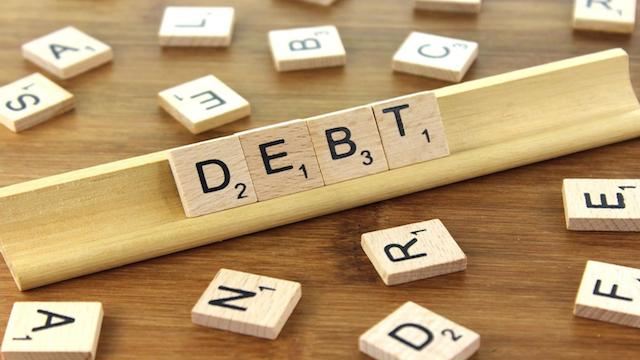Anyone who invests in even sanely leveraged oil and gas companies through a full business cycle will understand why the experience is often compared to riding a particularly topsy-turvy roller coaster. So it’s easy to picture how volatile the past few years have been for shares of Tullow Oil (LSE: TLW), which has $4.7bn in net debt and a market cap of only $2.7bn.
This high amount of leverage and the sustained rout in oil prices over the past three years have pushed shares of Tullow down a full 70%. And from the outside looking in, persistently low crude prices and a gearing ratio of 62% at the end of June seem to fully justify the market’s pessimism. But is it all downhill from here?
Well, the outlook for crude prices in the medium term certainly isn’t bright. The tentative OPEC supply cut looks to be dead in the water and America’s President-elect seems poised to appoint Sarah ‘Drill, Baby, Drill’ Palin to a cabinet level position, which is evidence enough of his attitude towards raising US production.
However, the good news is that Tullow’s internal situation should be improving in the coming months. That’s because the multi-billion dollar TEN Field off the coast of Ghana began pumping oil in August. The additional output from TEN and other fields looks set to increase daily West African production from 64-67k barrels in 2016 to as high as 80k barrels in 2017. The completion of this project will also be a major boon as capex falls from around $1bn in 2016 to potentially as low as $300m in 2017.
On the balance sheet side of the equation, management is expecting net debt to peak at around $4.9bn at year-end. This is very high, but the upside is that the company expects to be free cash flow positive in Q4 with oil at around $50/bbl. The downside, of course, is that Brent crude is currently at $42/bbl. Much of the debt isn’t due for several years, but unless crude prices break the $50/bbl mark soon I’d expect more volatility ahead for Tullow.
Widening gulf
Debt repayment is also becoming a critical issue for offshore oil services ship builder Gulf Marine Services (LSE: GMS). At the end of June net debt at GMS had risen to $371m, or 2.8 times full year EBITDA. Worries over the sustainability of this level of debt and decreasing demand for its services have caused shares to fall 55% since January.
Oil prices plummeted at exactly the wrong moment for GMS after a period of heavy investment in expanding its fleet of ships, which are used to construct, maintain and decommission offshore oil and gas platforms. Thankfully the company’s final new ship is set to roll off the line in Q4 and capex spending will fall dramatically. Likewise, the addition of new ships did send revenue increasing 12% year-on-year in H1 even as the price received per contract fell.
The completion of the final new build in Q4 is expected to increase net debt to $395m at year-end. Now, this is a significant amount of debt but renting out ships is a relatively high margin business that produced $63m in net cash from operating activities in H1. This gives GMS some breathing room but if crude prices don’t recover, the company’s ability to repay this debt will unsurprisingly suffer.
